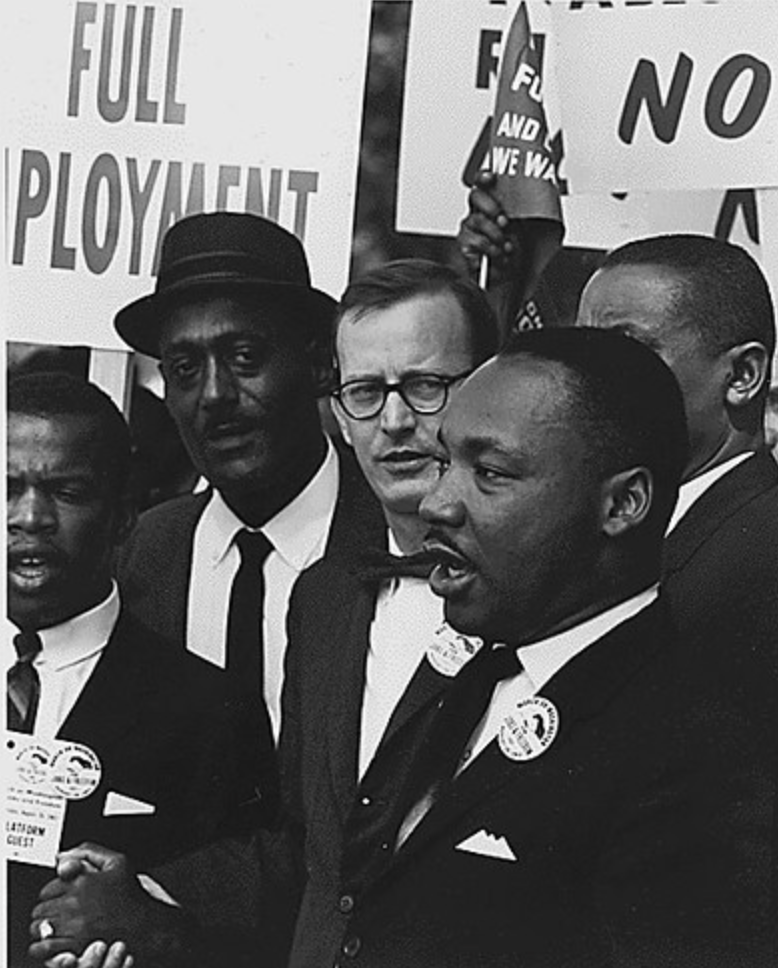Liz Smith
Asst. Sports Editor
When Tegla Loroupe finished fifth in the 10,000 meter Olympic race in 2000, she did it completely barefoot, following the barefoot running traditions of her native country Kenya. Loroupe went on to be the first African woman to win the New York City Marathon.
The concept of barefoot running is being revisited by companies like Nike and Vibram with shoe models like the Vibram FiveFinger that are made of a light elastic material similar to a wetsuit, but with the fit of a glove.
“You can move better, you can feel, you can have more power,” Robert Fliri said in a press release after releasing the “barefoot shoe” he spent eight years developing.
The idea of barefoot running gained popularity in the United States after the release of Christopher McDougall’s book, focuses on the Tarahumara Indians of Mexico who have a tradition of a long-distance run in little to no footwear.
Barefoot runners can reduce their chance of injury by eliminating “heal striking” according to cross-country coach Susan Kang.
“Heel striking is a method of running where the heel contacts the ground first and then moves to the mid-foot and then to the toes,” Kang said. “Barefoot runners find that running without shoes allows them to naturally hug the ground‘mid-foot.’”
“Runners just starting the ‘barefoot trend’ should run the shorter runs with the Vibram FiveFingers, and the longer runs in traditional shoes,” Dr. Richard Blake of the Center For Sports Medicine at Saint Francis Memorial Hospital said. “This alternating of shoes prevents a lot of injuries since the stresses put on your body are totally different with each shoe type.”
Foot exercises such as point and flex stretches and even running barefoot are implemented in school team practices to strengthen foot muscles by Kang and cross-country coach Michael Buckley.
“Running barefoot strengthens the muscles of the foot as well as the calf and ankle to propel the body forward faster and more efficiently,” Buckley said.
By separating each toe, barefoot shoes help the toes move better, allowing for the toe’s muscles and tendons to work more, according to Blake. “The more the tendons move, the more strength they can gain,” Blake said.
The human foot would be stronger and able to withstand more injury and obstructions if modern shoes did not coddle the foot as much, according to Kang.
“By running in essentially a ‘big block of a shoe,’ we are setting ourselves up for injuries because there is no auxiliary movement and thus no development,” Kang said.








